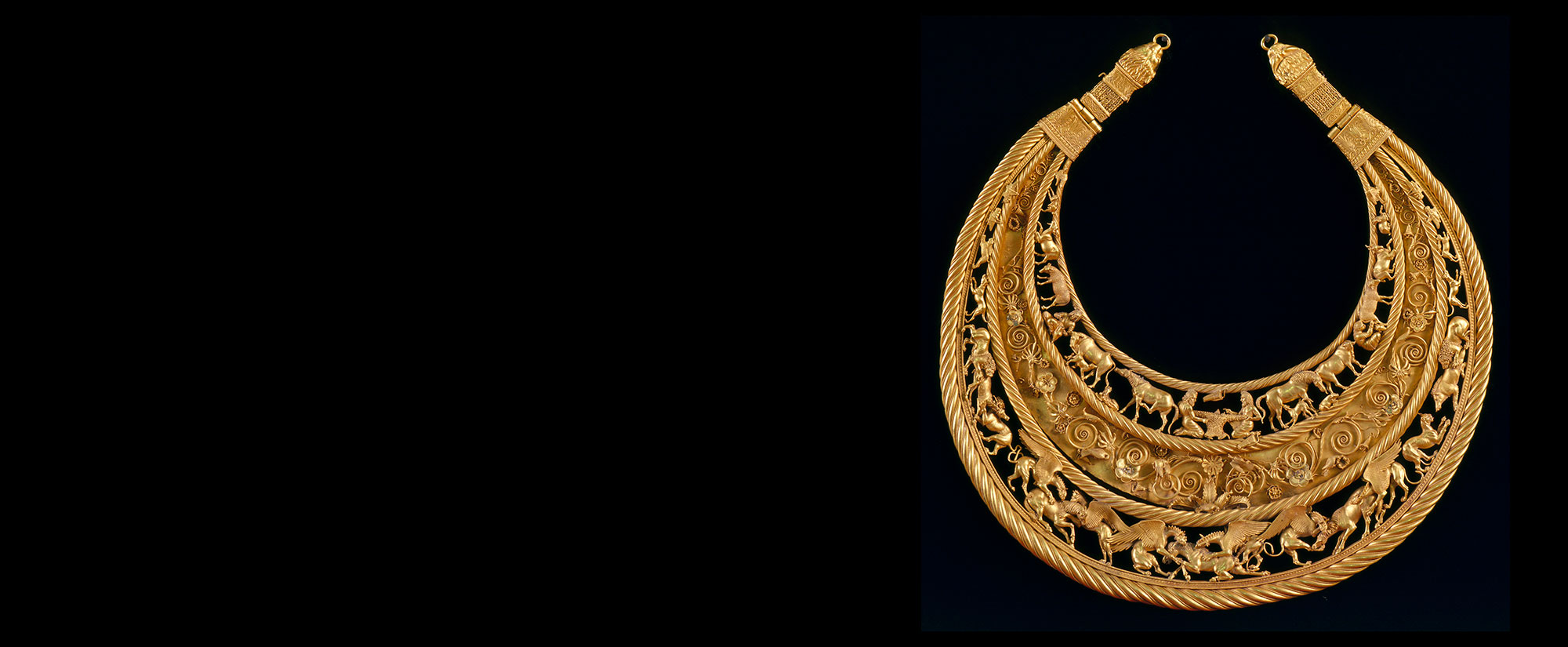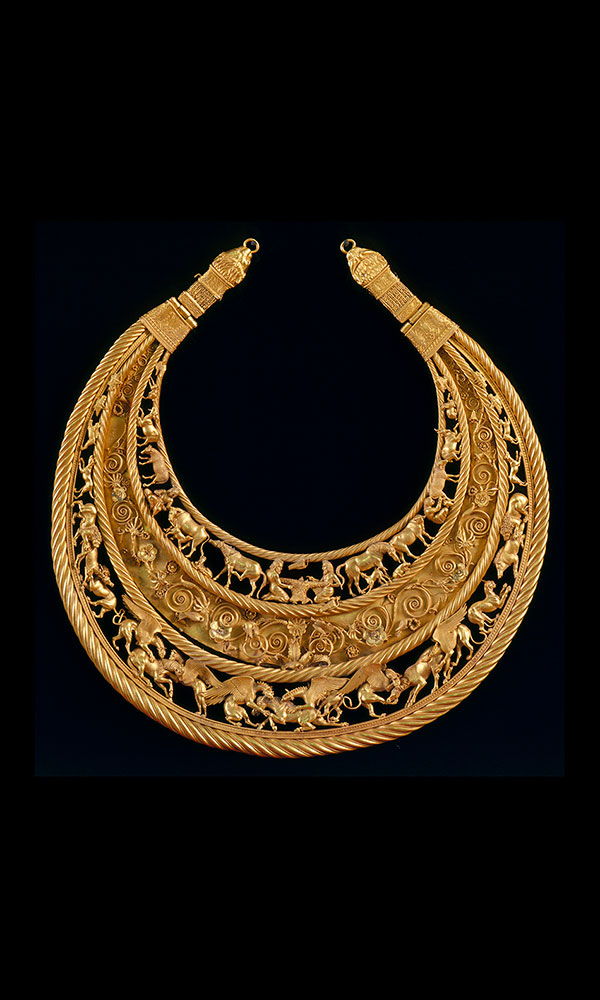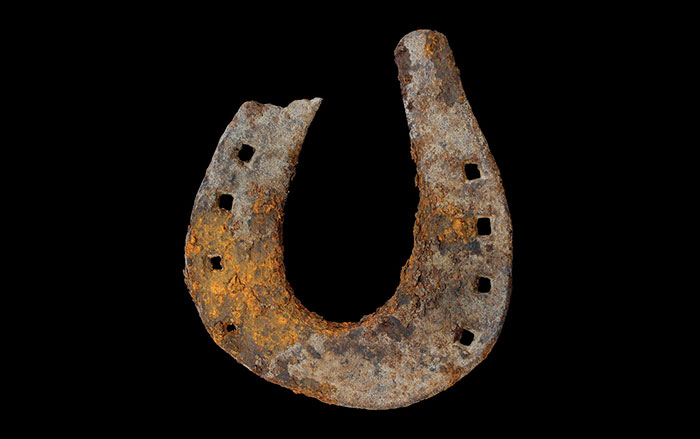
KYOTO, JAPAN—Baby Japanese macaques smile during their REM sleep, similar to human infants and baby chimpanzees, according to a study led by Fumito Kawakami of Kyoto University. Kawakami’s research team recorded how often seven napping macaques between four and 21 days old lifted one or both corners of their mouths when they fell asleep during their medical examinations. “Spontaneous macaque smiles are more like short, lopsided spasms compared to those of human infants,” Kawakami explained in a Daily Mail report. The presence of spontaneous smiles in macaques, a distant human relative, suggests that the origin of smiling dates back at least 30 million years, before the ancestors of modern humans and old world monkeys diverged. Kawakami thinks that the spontaneous smiles most likely do not express pleasure, but may help develop facial muscles used in later developmental stages for social smiling in humans and grimaces in other primates. For more, go to "Scientists Unearth Macaque 'Tools' in Thailand."











